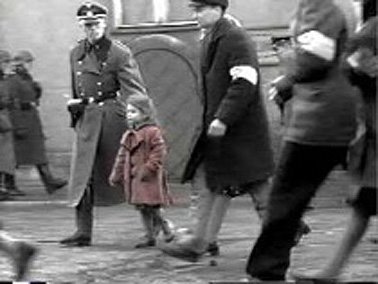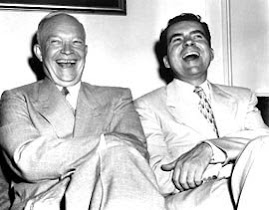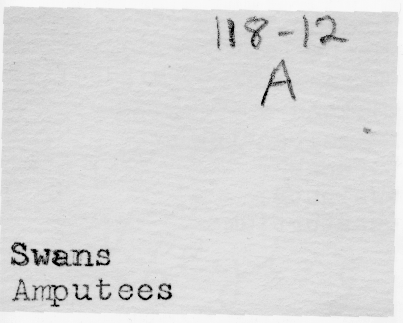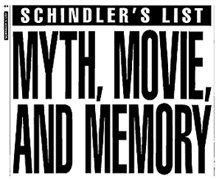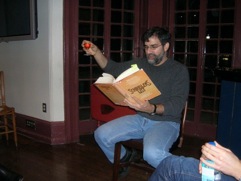 After a dozen years of the Kelly Writers House - which I like to think of a learning community with a poetics - there are a few things that Writers House-affiliated students do each year that just thrill me, keep me going, make me want to put still more effort into this literary-communitarian project. One such moment has already happened this academic year. Kaegan Sparks, a spunky aesthetic Texan who's absorbing avant-garde energies like a sponge, dressed as the Baroness Elsa von Freytag Loringhoven for Halloween.
After a dozen years of the Kelly Writers House - which I like to think of a learning community with a poetics - there are a few things that Writers House-affiliated students do each year that just thrill me, keep me going, make me want to put still more effort into this literary-communitarian project. One such moment has already happened this academic year. Kaegan Sparks, a spunky aesthetic Texan who's absorbing avant-garde energies like a sponge, dressed as the Baroness Elsa von Freytag Loringhoven for Halloween.  I've long been a fan of the Baroness - as writer but still more as a figure, a modernist personage. In being what she was (or posed to be - same difference), she performed the modernist word. My English 88 course/site includes a page that serves as a quick (very quick) history of early U.S. poetic modernism. If you go to that page and scroll down to the section entitled "'Talking about things that are understandable only weighs down the mind': modernism at extremes" you'll see links to materials by and about the Baroness, including a famous excerpt from William Carlos Williams' memoir, and several audio clips of people reading about the Baroness, and also a link to scans of photographs from the Fall 2002 Fashion of the Times issue which featured a model modeling what the Times at least considered a 21st-century version of dada style.
I've long been a fan of the Baroness - as writer but still more as a figure, a modernist personage. In being what she was (or posed to be - same difference), she performed the modernist word. My English 88 course/site includes a page that serves as a quick (very quick) history of early U.S. poetic modernism. If you go to that page and scroll down to the section entitled "'Talking about things that are understandable only weighs down the mind': modernism at extremes" you'll see links to materials by and about the Baroness, including a famous excerpt from William Carlos Williams' memoir, and several audio clips of people reading about the Baroness, and also a link to scans of photographs from the Fall 2002 Fashion of the Times issue which featured a model modeling what the Times at least considered a 21st-century version of dada style. It's possible that Kaegan got her idea for her costume from these photos, but I rather think she held more closely to the original dada that did the Times. Don't you? Well, no matter: it's the spirit of the thing that counts, for sure.
 The Baroness cut the most compelling modernist figure. She literally wore New York dada, thus inventing it as a pattern of aesthetic costume to be worn so tight that it was her skin, her self. She was, as Irene Gammel puts it in her remarkable biography, an "assemblage of paradoxes embodied in one body." That the Baroness knew and inspired or inspiringly repelled nearly everyone associated with the rise of modernist practice in New York has been already part of the story, but it has never been so richly detailed. In Gammel's presentation the Baroness emerges as far more than an ingenue. She became a mature, self-conscious dynamic artistic force--and remarkably productive in her own right, not despite but because she exhausted herself up from the inside out.
The Baroness cut the most compelling modernist figure. She literally wore New York dada, thus inventing it as a pattern of aesthetic costume to be worn so tight that it was her skin, her self. She was, as Irene Gammel puts it in her remarkable biography, an "assemblage of paradoxes embodied in one body." That the Baroness knew and inspired or inspiringly repelled nearly everyone associated with the rise of modernist practice in New York has been already part of the story, but it has never been so richly detailed. In Gammel's presentation the Baroness emerges as far more than an ingenue. She became a mature, self-conscious dynamic artistic force--and remarkably productive in her own right, not despite but because she exhausted herself up from the inside out.






 "I teach horizontally, meaning that while I might begin with a fixed idea of what I'm going to teach that day, I let it drift rhizomatically way off topic, often pulling it back when it gets too far. I rely on non-fixed materials to teach this way; the whole world is at my fingertips. Should I go off on a tangent about John and Rauschenberg and their love relationship as expressed in Rauschenberg's bed, an image of that bed is always a click away. From there, we can head anywhere into the non-fixed universe, be it film, text or sound. And of course, that always takes us elsewhere. As Cage says, 'We are getting nowhere fast.'"
"I teach horizontally, meaning that while I might begin with a fixed idea of what I'm going to teach that day, I let it drift rhizomatically way off topic, often pulling it back when it gets too far. I rely on non-fixed materials to teach this way; the whole world is at my fingertips. Should I go off on a tangent about John and Rauschenberg and their love relationship as expressed in Rauschenberg's bed, an image of that bed is always a click away. From there, we can head anywhere into the non-fixed universe, be it film, text or sound. And of course, that always takes us elsewhere. As Cage says, 'We are getting nowhere fast.'" 

 that anyone has yet got the imaginative measure of that terrifying day six years ago. Certainly our Tolstoy has not crawled out of the rubble. The closest we have, Don DeLillo, succeeded as an essayist-journalist ("In the Ruins of the Future: Reflections on Terror and Loss in the Shadow of September,” Harper’s, December 2001) but, to my mind, failed as a novelist ("Falling Man"). One reason, perhaps, is that the remembered emotion was instantly buried under a pile of cultural junk.' - Tod Gitlin in his review of Susan Faludi's The Terror Dream (written for
that anyone has yet got the imaginative measure of that terrifying day six years ago. Certainly our Tolstoy has not crawled out of the rubble. The closest we have, Don DeLillo, succeeded as an essayist-journalist ("In the Ruins of the Future: Reflections on Terror and Loss in the Shadow of September,” Harper’s, December 2001) but, to my mind, failed as a novelist ("Falling Man"). One reason, perhaps, is that the remembered emotion was instantly buried under a pile of cultural junk.' - Tod Gitlin in his review of Susan Faludi's The Terror Dream (written for 


